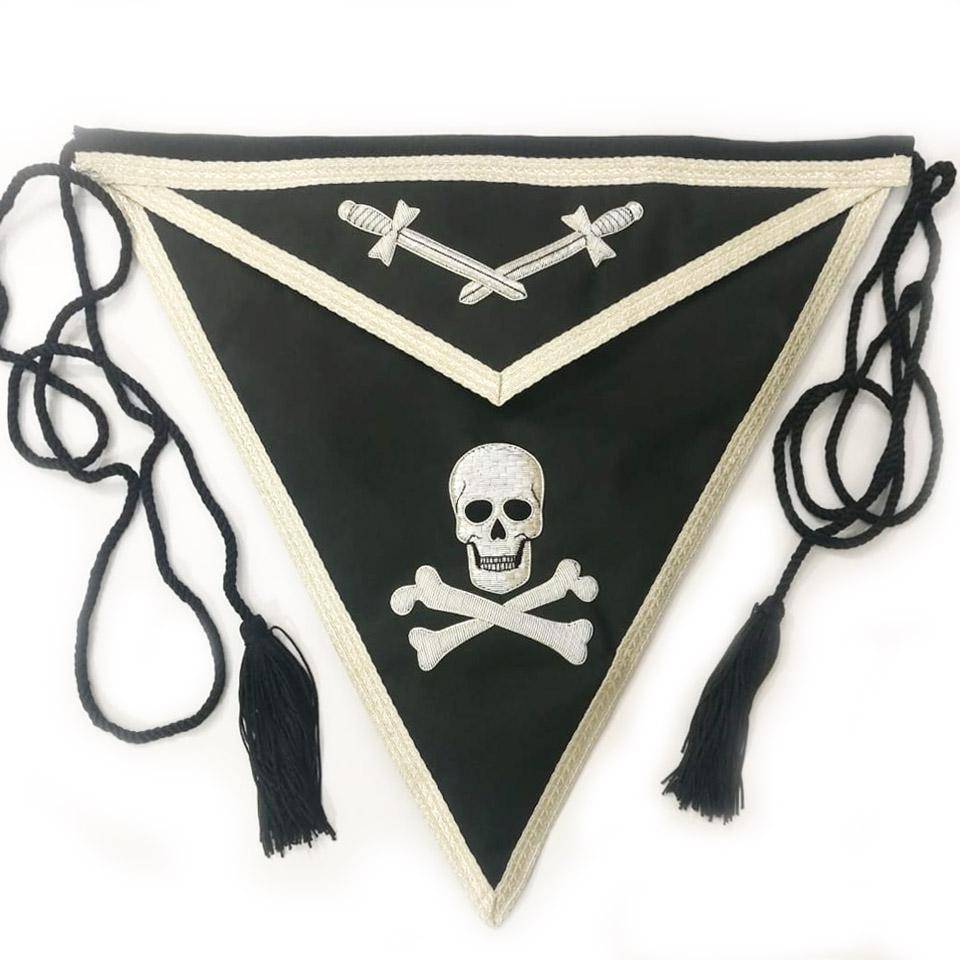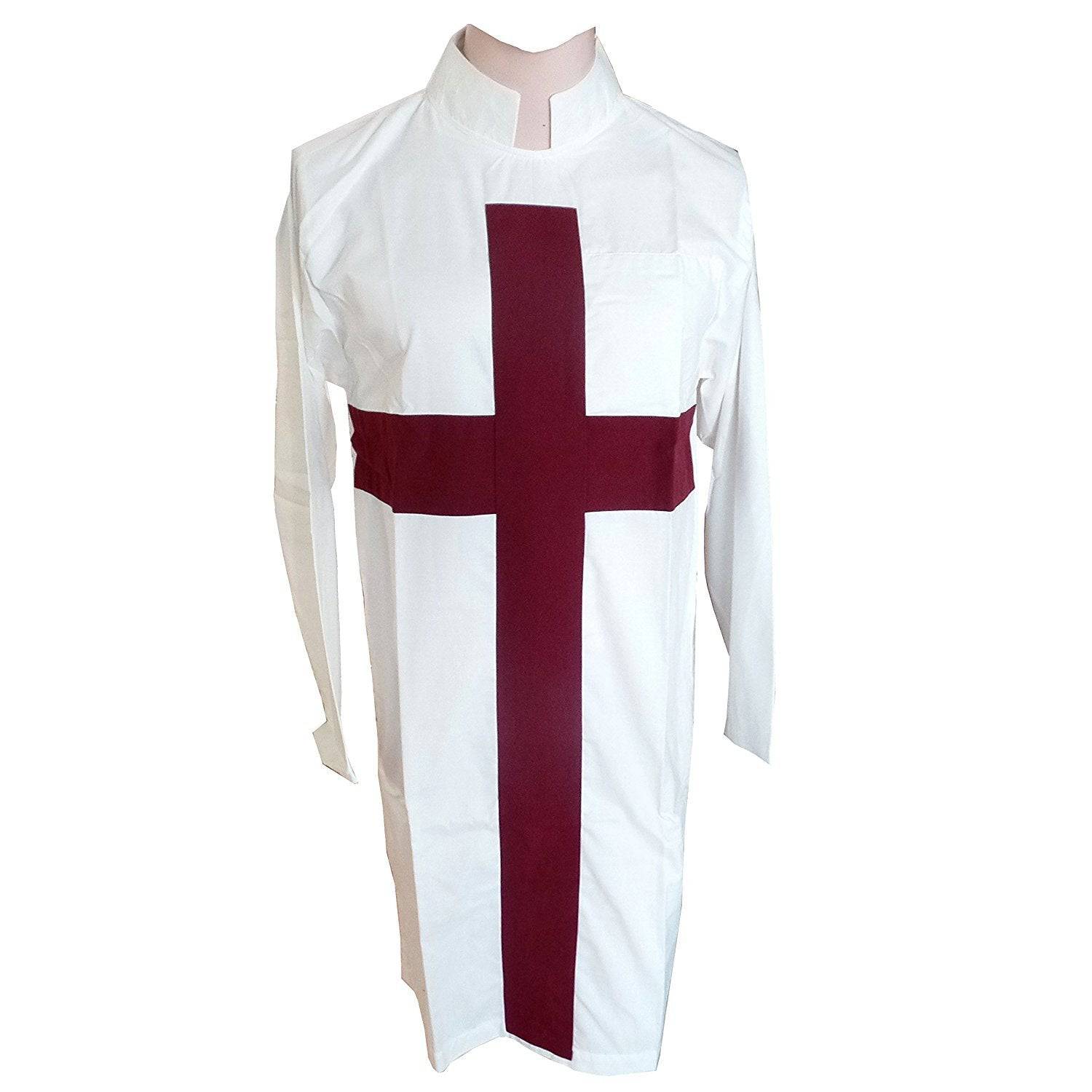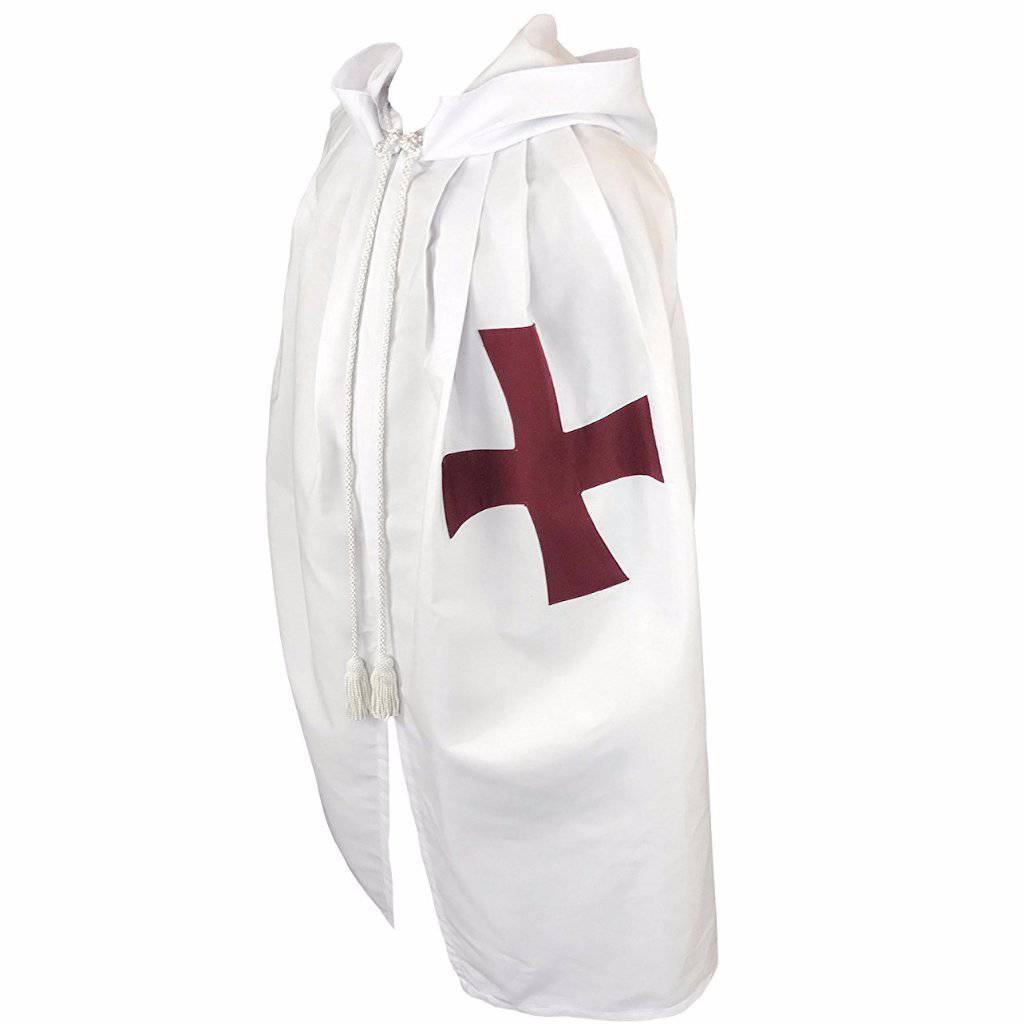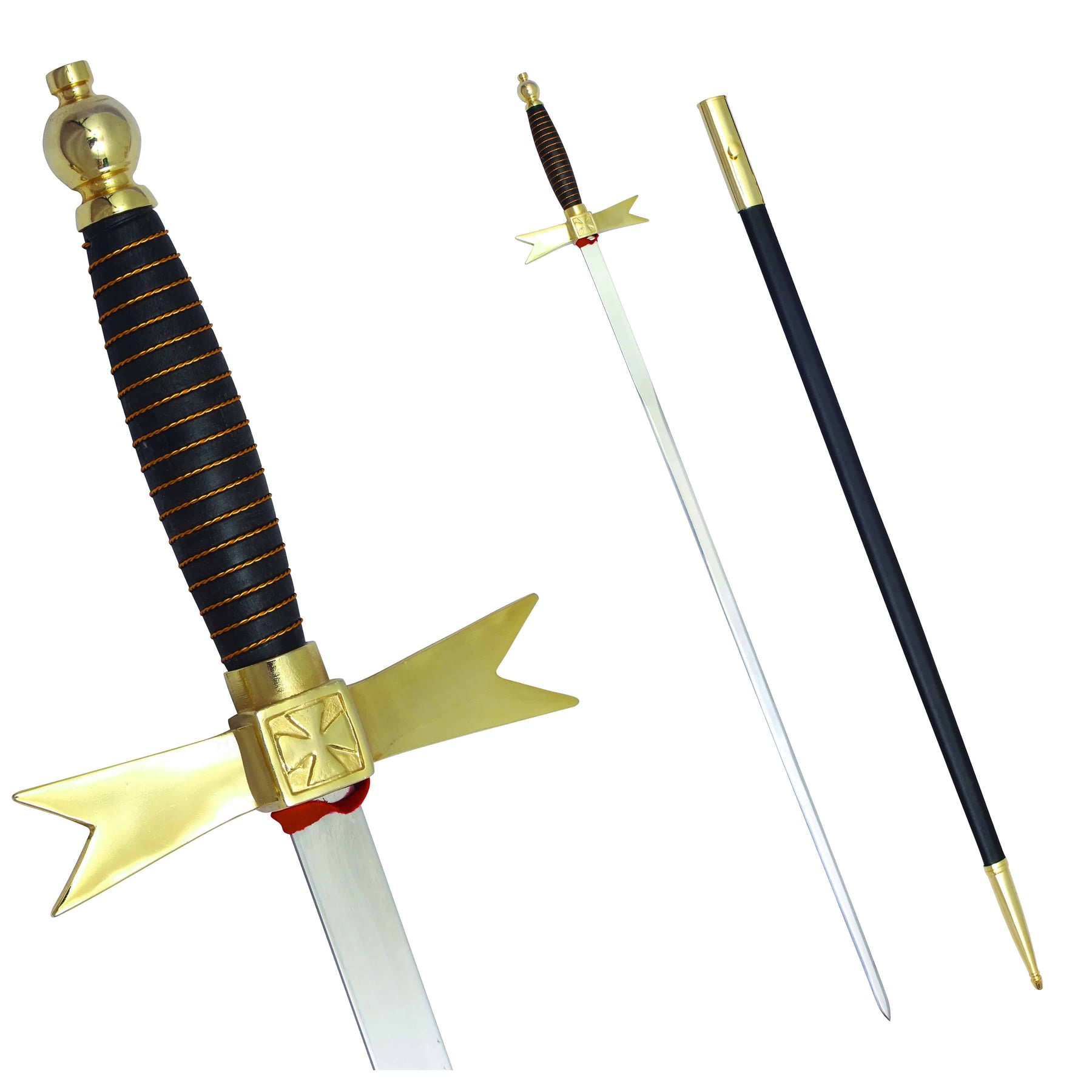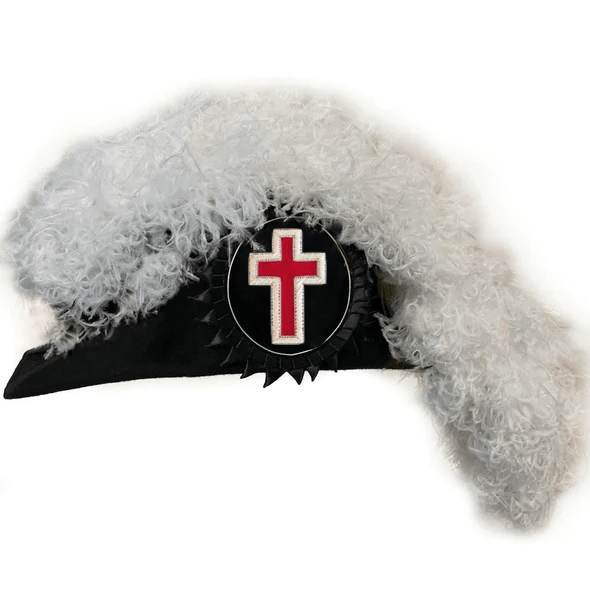Knights of Faith and Steel: Unveiling the Differences Between the Templars and the Teutonic Knights
Throughout the Middle Ages, two prominent knightly orders stood as defenders of the Christian faith, icons of chivalry, and warriors of unmatched discipline: the Knights Templar and the Teutonic Knights. Both orders have captivated historians and enthusiasts alike, not only for their legendary military exploits but also for their strong organizational structures and deep religious devotion. Despite these shared traits, the Templars and the Teutonic Knights were distinct in their origins, missions, and geographical influences. In this post, we’ll explore the fascinating histories of both orders, examining how they rose to prominence and highlighting the key differences that set them apart.

Origins and Founding Missions
The Knights Templar: Guardians of Pilgrims in the Holy Land
The Knights Templar, officially known as the Poor Fellow-Soldiers of Christ and of the Temple of Solomon, were founded around 1119 by a small group of knights in Jerusalem. Their initial mission was to protect Christian pilgrims traveling to the Holy Land from bandits and hostile forces. At this time, the Holy Land was fraught with danger due to high tensions between Christian and Muslim forces. Led by Hugues de Payens, the Templars quickly garnered support from powerful figures, including King Baldwin II of Jerusalem and St. Bernard of Clairvaux, who helped establish their Rule—a set of guidelines based on monastic life.
The Teutonic Knights: German Crusaders in Eastern Europe
In contrast, the Teutonic Order, or the Order of Brothers of the German House of Saint Mary in Jerusalem, was founded in 1190 during the Siege of Acre in the Third Crusade. Originally a hospital organization dedicated to aiding German pilgrims and crusaders, it recognized the need for military protection and evolved into a military order. Under the leadership of Hermann von Salza, the Teutonic Knights were invited by Polish princes to bring their military expertise to Eastern Europe, where they aimed to convert pagan populations and defend Christian territories. Unlike the Templars, who primarily focused on the Middle East, the Teutonic Knights shifted their focus to the Baltic region and Prussia.
The Core Missions: Holy Land vs. Northern Crusades
Templars’ Role in the Crusades and the Holy Land
The Knights Templar were among the first orders to militarize monastic life, taking vows of poverty, chastity, and obedience while dedicating themselves to military service. Their primary mission was to defend Christian territories in the Holy Land, notably Jerusalem. Over time, the Templars became the main defenders of the Crusader states, participating in key battles and establishing a network of fortresses and castles. Their influence grew as they amassed wealth, land, and power, becoming vital financiers for European monarchs due to their efficient banking system.
Teutonic Knights and the Northern Crusades
While the Templars focused on defending the Holy Land, the Teutonic Knights pursued an ambitious campaign to spread Christianity in Eastern Europe. Their operations centered on the Baltic region, where they engaged in the Northern Crusades—a series of wars against pagan tribes in Prussia, Lithuania, and Livonia. The Teutonic Knights built a formidable network of castles and fortified settlements, using these as bases for their campaigns. Their expansionist aims led to the establishment of a semi-autonomous state in Prussia, known as the Teutonic State, functioning as both a military and religious power.
Differences in Structure and Leadership
Templars’ Hierarchical yet Decentralized System
The Knights Templar operated under a strict hierarchical structure but allowed for some degree of local autonomy. Led by a Grand Master, regional commanders oversaw various territories, enabling the Templars to maintain a vast network across Europe and the Holy Land. Each region contributed to the order’s income, funding military campaigns. Despite extensive holdings, the Templars adhered to their monastic vows of poverty and celibacy, creating a distinct culture where warriors lived as monks.
The Teutonic Knights’ Centralized and Militarized State
In contrast, the Teutonic Knights evolved into a centralized military state, especially after establishing control over Prussia. Their Grand Master held absolute authority, supported by a council of officials responsible for governance, military strategy, and administration. This centralization allowed them to effectively manage their territories. Unlike the Templars, the Teutonic Knights implemented a feudal system, controlling lands and allowing knights to govern local populations. This approach provided them with resources and manpower for ongoing campaigns in the Baltic.
Religious and Cultural Identity
Religious Devotion and Symbolism
Both orders shared a commitment to the Christian faith, with religious practices at the core of their daily routines. The Templars donned a distinctive white mantle adorned with a red cross, symbolizing their martyrdom and devotion. They took vows akin to monastic orders, emphasizing humility and renunciation of personal wealth. For the Templars, Jerusalem held deep spiritual significance, reinforcing their commitment to protecting Christian pilgrims.
In contrast, the Teutonic Knights wore white mantles adorned with a black cross, reflecting their Germanic identity. Their order adhered to monastic principles but had a strong cultural identity tied to German nobility and the mission to convert pagans. Their campaigns were viewed not only as military conquests but also as religious missions to expand Christianity in Northern Europe.
Financial Strategies and Wealth
Templars: Pioneers of Medieval Banking
The Knights Templar were influential in the development of medieval banking. With vast estates and donations from European nobility, they created a sophisticated financial network. Their system allowed travelers to deposit funds in one Templar commandery and withdraw it from another, providing a safer means for pilgrims to travel. The Templars’ banking system was revolutionary, leading them to amass considerable wealth and political influence. However, this wealth eventually attracted suspicion and envy, contributing to their downfall.
Teutonic Knights: Landed Wealth and Territorial Power
The Teutonic Knights amassed wealth by conquering and governing large territories in Prussia and the Baltic region. Unlike the Templars, who primarily relied on donations and banking, the Teutonic Order derived power from its lands and resources. They imposed taxes, controlled trade, and established agricultural estates, creating a self-sustaining economy. This strategy allowed them to maintain a powerful military presence in Eastern Europe, fueling their expansionist aims for centuries.
Downfall and Legacy
The Suppression of the Knights Templar
The Templars’ wealth, influence, and secretive nature led to their persecution. In 1307, under orders from King Philip IV of France and Pope Clement V, the Templars were arrested on charges of heresy, and their assets were seized. The order was officially disbanded in 1312, marking the end of their reign. Despite their demise, the Templars’ legacy endures, inspiring tales of mystery, treasure, and esoteric knowledge.
The Enduring Influence of the Teutonic Order
The Teutonic Knights maintained their power until the late 16th century, but internal conflicts and resistance from local populations weakened their grip. In 1525, the Grand Master converted to Lutheranism, effectively secularizing the order and establishing the Duchy of Prussia. However, the Teutonic Order was never officially disbanded; it continues to exist in various forms today as a charitable organization. Their legacy remains visible in the Baltic and Prussian regions, where they influenced the culture, architecture, and history of medieval Eastern Europe.
Conclusion: Two Orders, Two Legacies
While the Knights Templar and the Teutonic Knights shared a commitment to defending Christianity, their paths, missions, and influences were distinct. The Templars left a legacy of chivalric valor and mystique, while the Teutonic Knights established a legacy of territorial governance and Germanic influence in Eastern Europe. Both orders shaped medieval history in profound ways, offering a glimpse into a time when faith and warfare were deeply intertwined. Their enduring influence continues to fascinate, reminding us of the power of faith, discipline, and the complex legacy of the medieval knightly orders.

